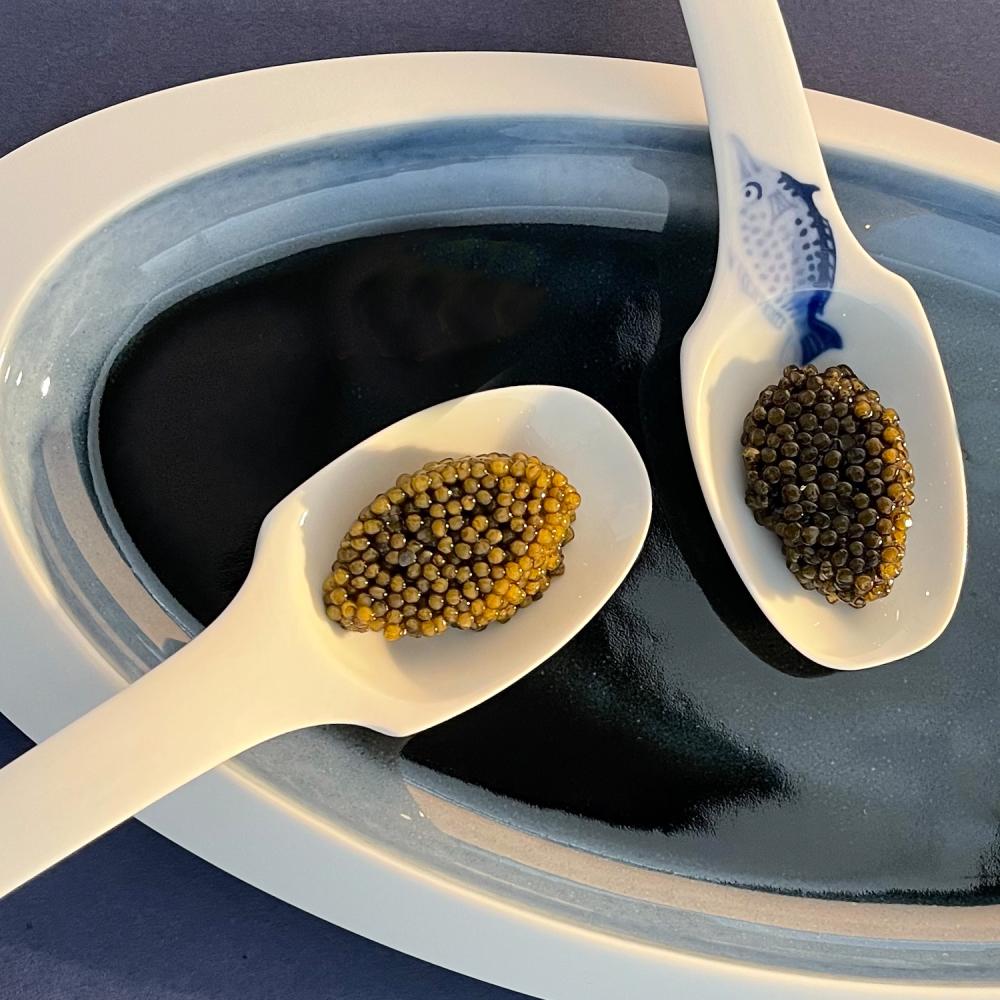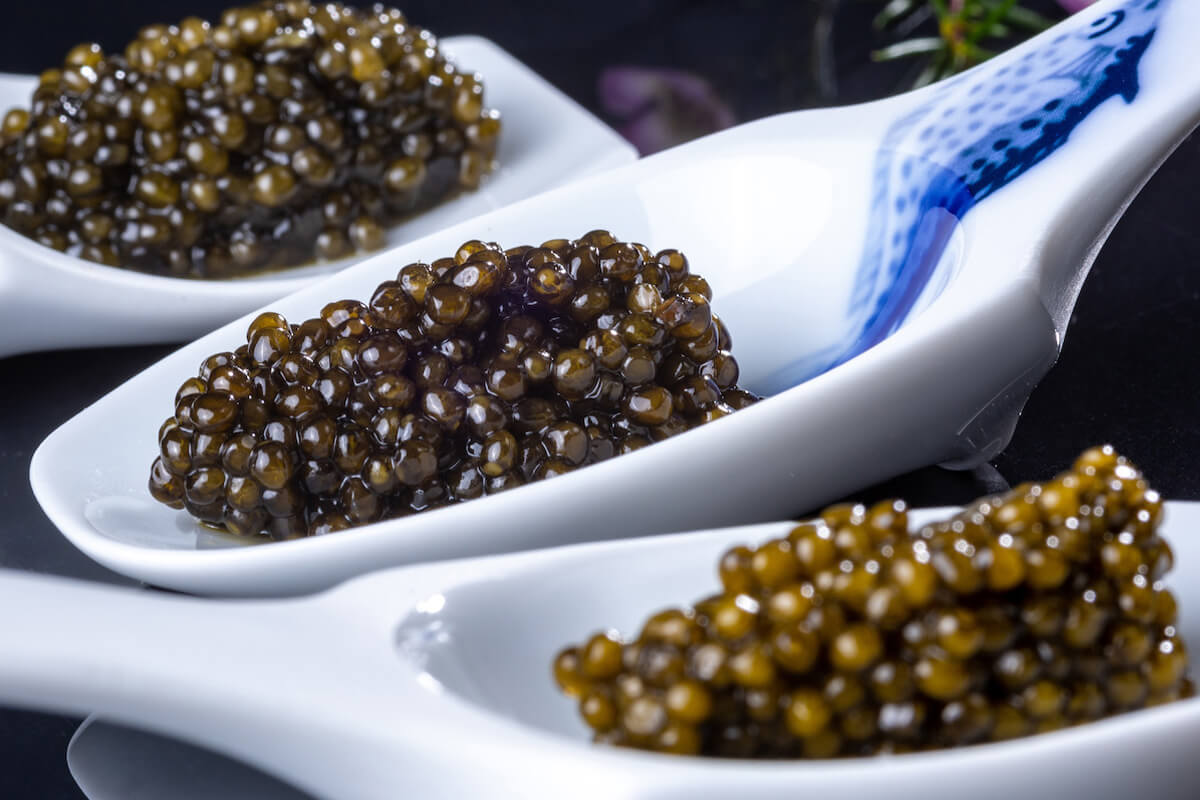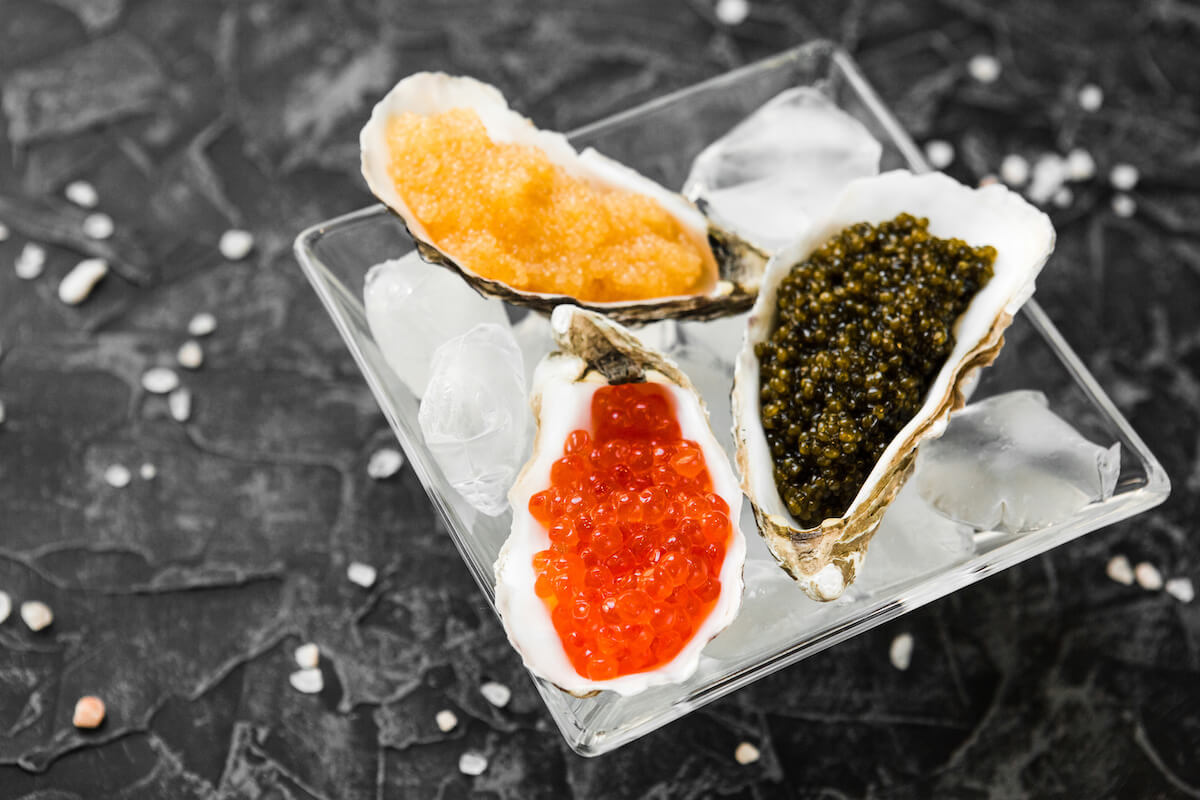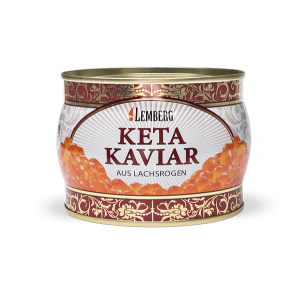Why is Caviar Considered a Delicacy?
- A Rich History Steeped in Luxury
- The Rarity Factor
- The Art of Harvesting
- A Sensory Experience Like No Other
- Nutritional Value
- The Caviar Experience
- Lemberg: Championing the Art of Caviar
- In Conclusion
Caviar, the epitome of luxury and refined taste, has captivated food enthusiasts and connoisseurs for centuries. This exquisite delicacy, consisting of salt-cured fish eggs from various species of sturgeon, has earned its place at the pinnacle of gourmet cuisine. But what makes caviar so special, and why is it revered as one of the world's most sought-after delicacies? Let's delve into the fascinating world of caviar and explore the reasons behind its prestigious status.
A Rich History Steeped in Luxury
The allure of caviar can be traced back thousands of years, with its origins rooted in ancient civilizations. As early as the 4th century B.C., the great philosopher Aristotle sang praises of this divine flavor, marking one of the earliest recorded appreciations of caviar in history.
Throughout the centuries, caviar's popularity grew, particularly among European royalty and aristocracy. By the 12th to 16th centuries, Russian fishermen had perfected the art of harvesting roe from Sterlet sturgeons, producing what became known as "golden caviar." The rarity and exquisite taste of these unfertilized fish eggs made them a coveted delicacy in Russian and European royal courts.
The 19th century saw a boom in the caviar industry, with fishermen establishing businesses to meet the growing demand across Europe. Interestingly, the United States became one of the world's largest caviar producers during this period, supplying much of the global market.
The Rarity Factor
One of the primary reasons caviar is considered a delicacy is its rarity. The sturgeon, the fish from which true caviar is harvested, is a slow-growing species that can take decades to reach maturity and produce eggs suitable for caviar production. This long maturation process, coupled with overfishing and habitat destruction, has led to a significant decrease in wild sturgeon populations.
The scarcity of wild sturgeon has resulted in strict regulations on fishing and caviar production, further enhancing its status as a rare and precious commodity. Today, much of the world's caviar comes from farmed sturgeons, but even this process is time-consuming and requires significant expertise.
The Art of Harvesting
 The complexity and delicacy of the caviar harvesting process contribute to its luxury status. At Lemberg, a company renowned for its commitment to quality and sustainability, the caviar production process is treated with the utmost care and precision. The harvesting of caviar typically involves two main steps:
The complexity and delicacy of the caviar harvesting process contribute to its luxury status. At Lemberg, a company renowned for its commitment to quality and sustainability, the caviar production process is treated with the utmost care and precision. The harvesting of caviar typically involves two main steps:
- Preparation: Female sturgeons, the only ones capable of producing caviar, are carefully monitored until they reach the ovulation stage. At this point, they may receive an injection to facilitate egg removal.
- Removal: The eggs are then extracted using one of two methods:
- C-section: A delicate incision is made, allowing for the careful removal of eggs.
- Striping: A natural delivery method where eggs are gently expressed from the fish.
After extraction, the eggs undergo a meticulous process of cleaning, salting, and grading before they're ready to be savored as caviar.
A Sensory Experience Like No Other
Caviar, whose quality is confirmed by numerous positive reviews, is a top priority for Lemberg, a company known for its attention to detail and responsible sourcing.
Caviar's flavor profile is complex and distinctive. It offers a burst of saltiness, followed by a rich, buttery taste with subtle nutty undertones. The texture is equally important – each egg should provide a gentle pop when bitten, releasing its flavorful contents.
Different types of caviar offer varying taste experiences:
- Beluga caviar, known for its large, silver-gray eggs, provides a delicate, buttery flavor.
- Osetra caviar offers a nuttier taste with a firmer texture.
- Sevruga caviar is recognized for its intense, robust flavor.
The ability to discern and appreciate these subtle differences is part of what makes caviar tasting an art form in itself.
Nutritional Value
Although typically consumed in small quantities, caviar naturally packs a significant nutritional punch. It is rich in omega-3 fatty acids, vitamins B12 and D, and minerals such as selenium and iron. This natural nutritional profile enhances caviar's appeal, making it not just a luxury, but also a health-conscious choice for those who can afford it.
The Caviar Experience
What truly sets caviar apart as a delicacy is the total experience it offers. Here are some elements that contribute to the unique caviar experience:
- Visual appeal: The glistening pearls of caviar are a feast for the eyes.
- Serving ritual: Traditional caviar service involves using mother-of-pearl spoons and serving the caviar on blinis or toast points, accompanied by crème fraîche, finely chopped onions, and hard-boiled eggs.
- Texture: The gentle pop of each egg creates a distinctive mouthfeel.
- Flavor complexity: The layered tastes unfold on the palate.
- Exclusivity: The rarity and cost contribute to a sense of indulgence.
- Pairing possibilities: Caviar complements a range of foods and drinks, especially champagne.
- Cultural cachet: Its association with luxury adds to the overall experience.
Lemberg: Championing the Art of Caviar
By combining time-honored techniques with modern, ethical practices, we at Lemberg ensure that each tin of caviar we offer is a testament to why this exquisite food continues to be revered as one of the world's finest delicacies. Whether you're a long-time caviar enthusiast or new to the world of this luxurious treat, experiencing our caviar provides insight into why this food has captivated palates for millennia.
In Conclusion
Caviar's status as a delicacy is a result of its rich history, rarity, complex production process, unique sensory experience, and cultural significance. As we continue to appreciate this luxurious food, companies like Lemberg play a crucial role in ensuring that the tradition of fine caviar production continues, allowing future generations to experience the unparalleled pleasure of this true delicacy.
Lat update: 30.08.2024
Our bestsellers
More Recipes & Tips
Indulge in the exquisite flavors of Ossetra caviar. With its medium-sized eggs, this delicacy offers a buttery taste and a subtle hint of nuttiness. Elevate your dining experience with this luxurious treat, perfect for special occasions.
While the original Persian word khavyar simply means "egg," not every egg can be described as caviar. Some producers tend to apply this prestigious label to any type of roe from capelin to salmon and everything in between.
Whether you want to enjoy the luxurious black caviar or prefer to opt for a less costly red variety, it is important to know how to serve caviar. Read on to learn what garnishes and drinks to offer to your party.
There are many different technologies for extracting caviar, depending on a variety of factors. And since a thorough discussion of this topic falls outside the scope of our article, we will only describe the most common method...

Indulge in the exquisite flavors of Ossetra caviar. With its medium-sized eggs, this delicacy offers a buttery taste and a subtle hint of nuttiness. Elevate your dining experience with this luxurious treat, perfect for special occasions.

While the original Persian word khavyar simply means "egg," not every egg can be described as caviar. Some producers tend to apply this prestigious label to any type of roe from capelin to salmon and everything in between.

Whether you want to enjoy the luxurious black caviar or prefer to opt for a less costly red variety, it is important to know how to serve caviar. Read on to learn what garnishes and drinks to offer to your party.

There are many different technologies for extracting caviar, depending on a variety of factors. And since a thorough discussion of this topic falls outside the scope of our article, we will only describe the most common method...

 Русский
Русский
